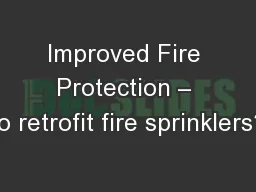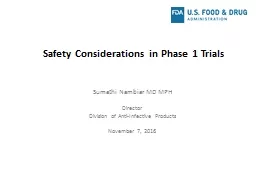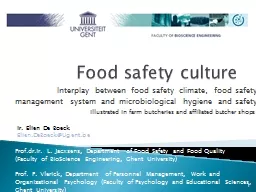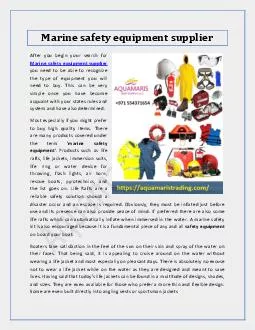PPT-Safety Considerations for the
Author : sherrill-nordquist | Published Date : 2017-07-26
EU DCLL DEMO Blanket Dario Carloni 2nd EUUS DCLL Workshop 1415th November 2014 UCLA Overview The Strategy for ITER Future FPPs DEMO Blanket Open I ssues The
Presentation Embed Code
Download Presentation
Download Presentation The PPT/PDF document "Safety Considerations for the" is the property of its rightful owner. Permission is granted to download and print the materials on this website for personal, non-commercial use only, and to display it on your personal computer provided you do not modify the materials and that you retain all copyright notices contained in the materials. By downloading content from our website, you accept the terms of this agreement.
Safety Considerations for the: Transcript
Download Rules Of Document
"Safety Considerations for the"The content belongs to its owner. You may download and print it for personal use, without modification, and keep all copyright notices. By downloading, you agree to these terms.
Related Documents














